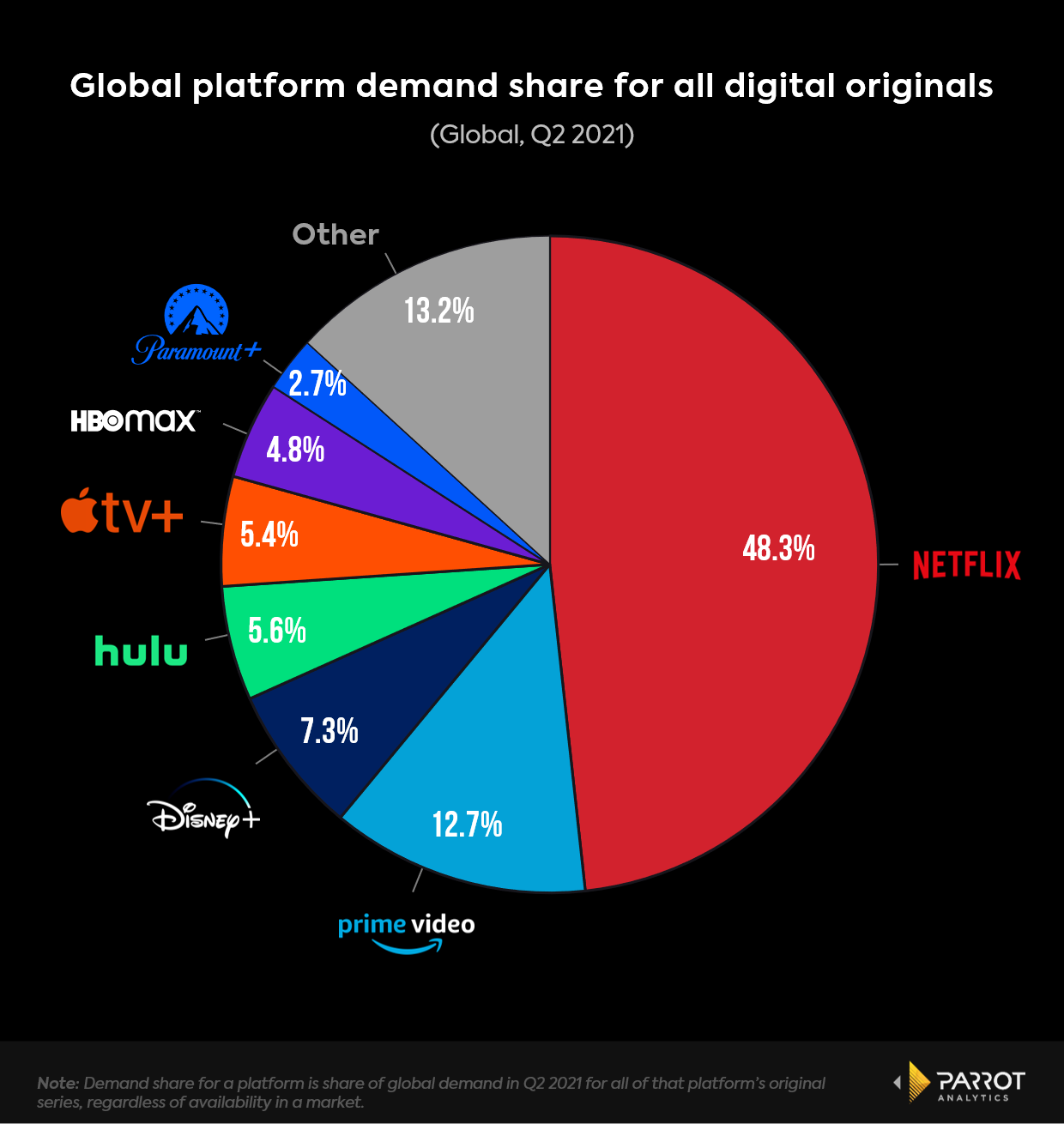Game Streaming: An Analysis of its Potential and Limitations
The Future of Digital Gaming or a Fleeting Fad?
Game streaming has been heralded by some as the inevitable future of gaming, allowing anyone with an internet connection to enjoy a robust library of titles without expensive dedicated hardware. However, others remain skeptical of streaming’s viability due to technical limitations and concerns over digital ownership. After several years of major services vying for consumers, the true potential and challenges of streaming remain unclear. This in-depth analysis explores the current state of streaming and what must change for it to achieve widespread adoption.
###Ownership Desires Remain Strong Among Core Gamers
For many dedicated console and PC gamers, ownership of physical game collections that can be enjoyed indefinitely holds immense appeal. Streaming’s library model means renting access to games through monthly subscription fees or individual licenses, with no guarantee of long-term access. Any game can potentially leave the service if the publisher’s contract expires. While casual players may accept this model, core enthusiasts continue prioritizing building their own libraries that cannot suddenly disappear. Should streaming platforms offer permanent game purchases with downloads as an alternative, it could help address this obstacle. However, that approach raises sustainability concerns for platforms trying to attract publishers with ongoing subscription income.
###Pricing Dynamics Prove Tricky to Balance
Determining pricing that satisfies both publishers making games available and consumers has proven an ongoing challenge. Services aim to undercut console costs to entice trial but risk losses if too low. Meanwhile, asking subscription prices close to hardware costs removes incentive to use streaming. Experiments with both all-you-can-play libraries like Game Pass and à la carte purchasing/renting aim to evaluate theoptimal balance. However, Game Pass’-style subscription model faces questions over long-term profitability if libraries expand substantially without sufficient ongoing revenue. Meanwhile, individual game costs too high through streaming deter usage, hurting platform adoption and engagement numbers attractive to publishers.
###Poor Internet Perpetuates Divide Between Streaming ‘Haves’ and ‘Have Nots’
Reliable broadband availability and speeds remain unequally distributed worldwide. Many rural areas and some towns even in developed nations lack infrastructure for low-latency streaming. Even households with adequate speeds suffer periodic issues disrupting play sessions. These internet limitations segregate the gaming population, with streaming only practical for the “internet haves” rather than a broadly inclusive platform. Slow network conditions render the input lag and glitches inherent to compression and transport intolerable for many games. Addressing the global digital divide through network investment represents a massive hurdle for streaming reaching its potential market at a sufficient quality level for core players.
Streaming Faces Uphill Battles for both Consumers and Platforms
Overcoming challenges connected to ownership desires, pricing uncertainties, and internet infrastructure constraints will prove no small feat. Understanding what satisfies different types of gamers across various global markets requires much experimentation and iteration. Platforms must also balance short-term gains attracting publishers and users versus long-term sustainability. Even addressing technical performance limitations strains capabilities. While streaming opens new opportunities for casual play, full-scale replacement of dedicated hardware for enthusiasts appears an ongoing challenge. Significant advances on multiple fronts may be needed before streaming achieves widespread adoption beyond niche use cases. Both platforms and players must compromise to realize streaming’s future potential.
###License Expirations Threaten Saved Progress
One key hurdle is that all games on streaming services exist through licensing agreements between the platform and publishers. Were a publisher to withdraw titles when contracts end, it threatens users’ ability to continue playing games and retaining progress in stories and competitive rankings. Platforms removing access with no option to transfer or download a permanent copy hugely damages the perception of value in streaming libraries and player investment. Addressing license expirations poses difficulties, whether through extended and renegotiated deals or programs facilitating title transfers. Any solution requires cooperation between platform and rightsholders not always aligned.
###Account Fragmentation Frustrates Convenience
Maintaining separate game libraries, friends lists, and progression across Google Stadia, Xbox Cloud, GeForce Now, and other individual services fragments the user experience. Few users relish the effort of juggling partially overlapping libraries and chasing down friends across platforms. A unified system encompassing all streaming or allowing seamless transfers would enhance streaming’s appeal versus consoles whose games exist in unified ecosystem. However, cooperation between competitors having established their own platforms and subscription models remains complicated. Achieving service cohesion represents a knotty challenge many players desire solved for streaming to fulfill its potential.
###Mobile Gaming Precedent but Obstacles Remain
Mobile gaming achieved ubiquitous adoption in part by addressing hardware fragmented across phones through consistent cross-platform games and social features. Streaming could replicate this by removing dedicated hardware requirements for core AAA titles. However, mobile overcomes networking hurdles through onboard cellular connectivity and smaller file sizes for its typical games. AAA games through streaming still suffer greater internet dependency and infrastructure limitations, with input lag and other issues more intolerable versus casual play. Major strides enhancing 5G coverage and performance may help close the gap, yet bringing streaming quality fully in line with local hardware remains elusive. Developers optimizing engines for streaming also represents a learning process. The conditions that enabled mobile’s rise present parallels but also meaningful differences versus streaming consoles and high-end PC games.
Conclusion
In summary, game streaming holds promise in expanding access to robust libraries beyond dedicated machines. However, its potential for widespread substitution of traditional platforms depends on solving myriad technological and business model challenges. Chief among these involve addressing ownership priorities, ensuring reliable and high-quality connections globally, and finding pricing equilibrium satisfying all stakeholders long-term. Competition between platforms has also introduced fragmentation that risks inhibiting adoption. While continued investment and innovation could help overcome issues, core gamers seem likely to maintain hybrid approaches incorporating both streaming and dedicated gaming for the foreseeable future. Much depends on navigating a complex landscape balancing interests of players, publishers, and platforms alike.
